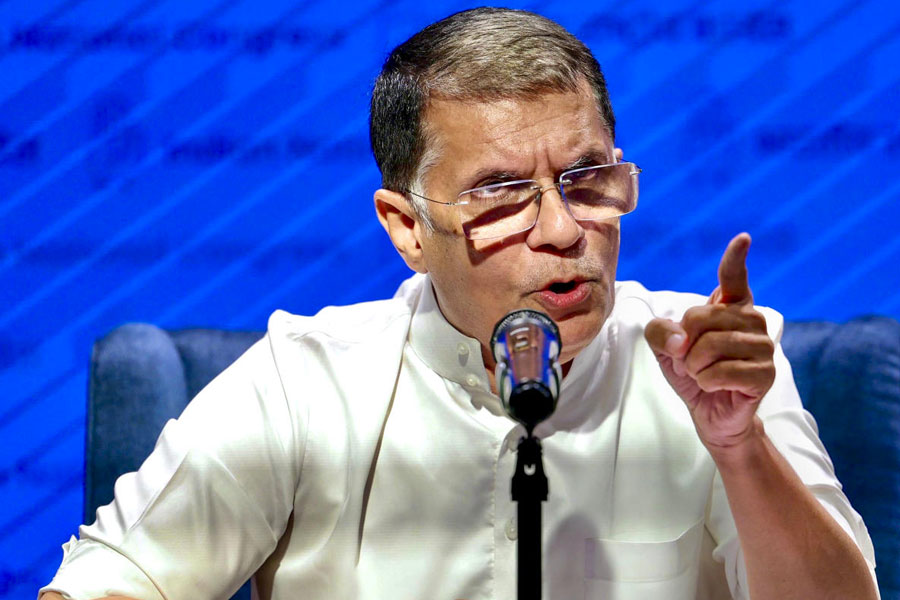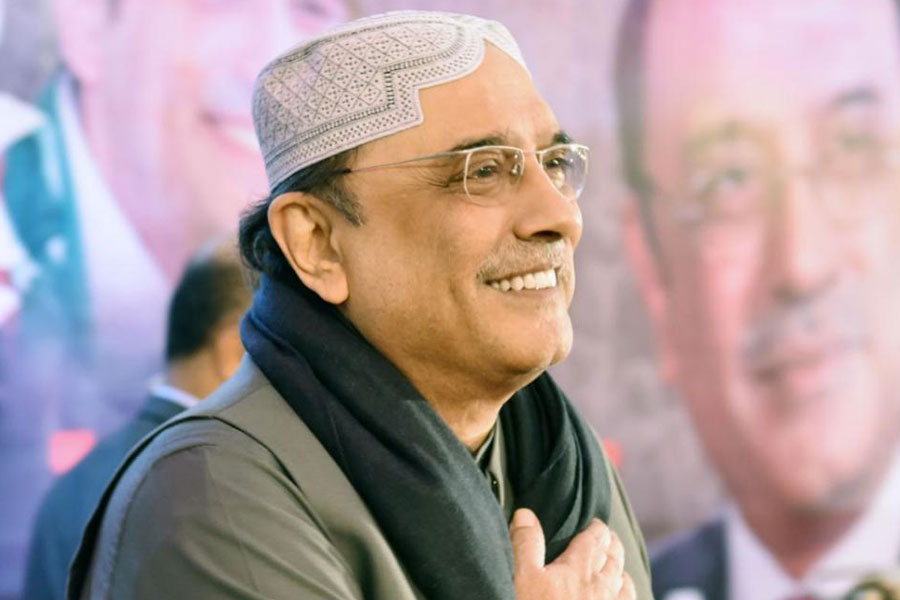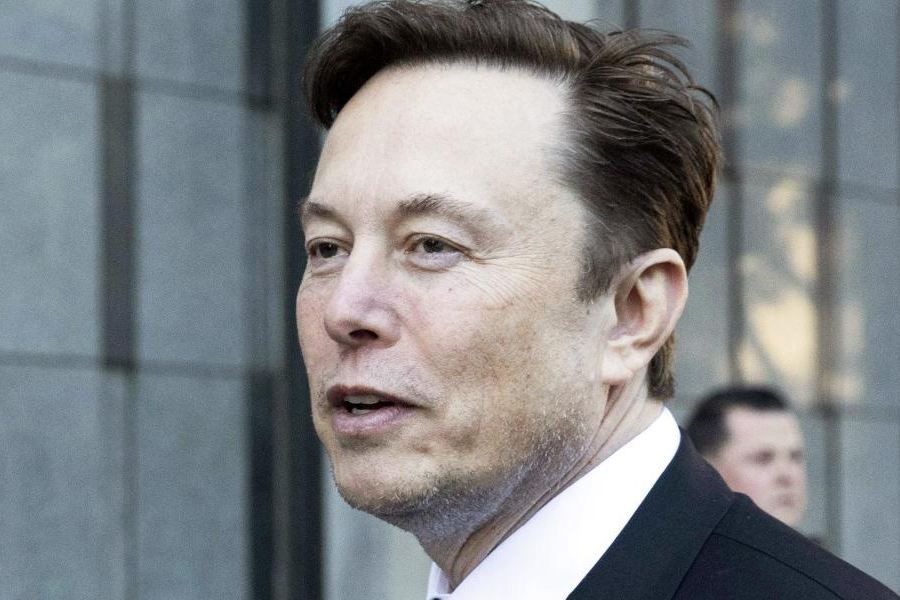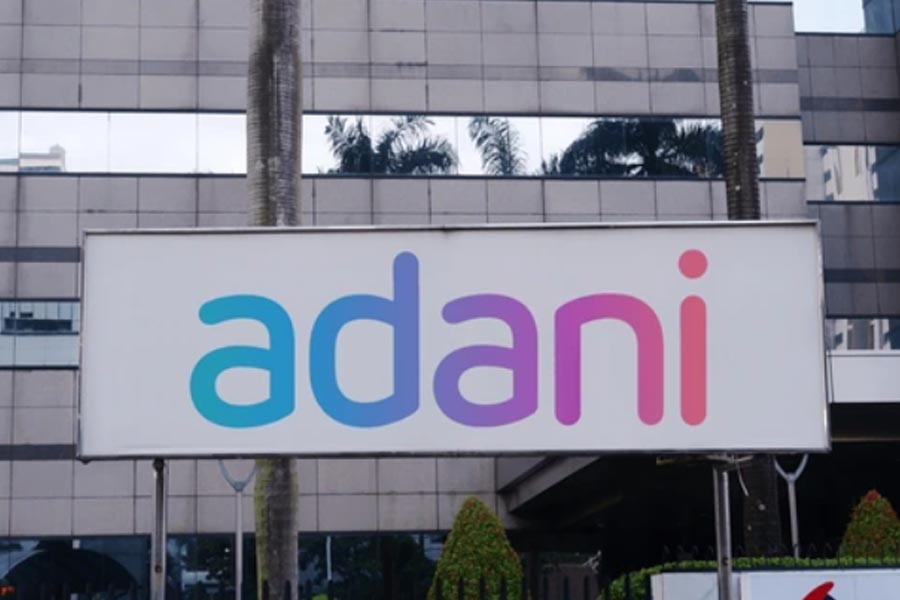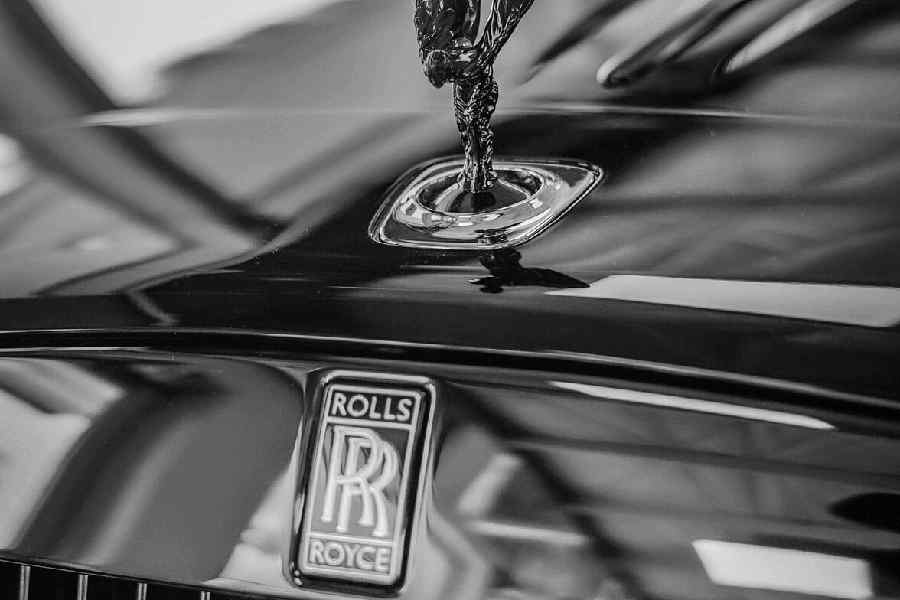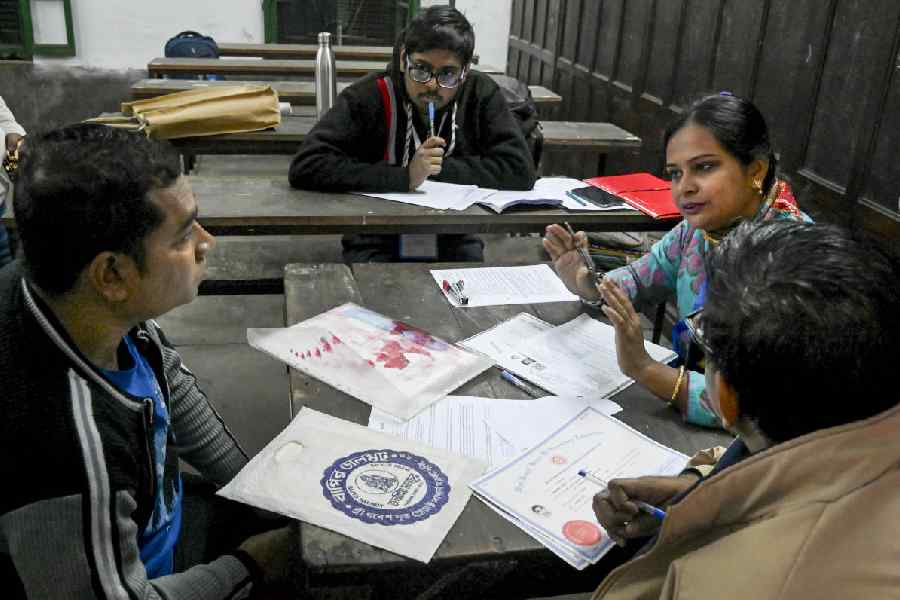 |
| Tarun Kumar Sarkar in Bokaro. Picture by Pankaj Singh |
He was all of 22 when he stepped on Maraphari soil on December 15, 1958.
Back in Calcutta, civil engineer Tarun Kumar Sarkar’s family had no clue where it was. Nor did the strapping young man. He just knew it was in remote Bihar — Jharkhand made an entry 42 years later — which he reached by train to Dhanbad, jeep to Chas and boat on the Garga river.
The village would become Bokaro, a bustling city around the country’s fourth integrated public sector steel plant.
But 1958 was a decade before the plant’s construction.
“I joined R. Rangachari, superintendent of Hindustan Steel Construction Limited, Calcutta, as inspector of works. I was assigned to survey village Maraphari in 1958. Construction started in 1968,” the septuagenarian, on a walk down memory lane for The Telegraph, said.
Rangachari asked Sarkar, his junior, to shift to Maraphari with tents, survey gear and basic needs. They landed in Maraphari with a peon to get the dream of the steel plant off the ground. “My boss told me, young man, you are doing a great job for India. Later, I came to know many surveyors and engineers had refused to come as they didn’t want the hardships,” he said.
Rangachari left Sarkar with peon Hiralal Sah and returned to Calcutta.
“That cold night, I just had a Petromax lamp and some packed food for company. I just wanted to leave, I had plenty of job offers,” confided Sarkar.
What made him stick on? “Swami Vivekananda said working for one’s country was a big achievement,” he said.
Next day, villagers came to know a steel plant would come up. “I doubt if they understood much. Some youths appointed on muster roll made arrangements for water and toilet near our tent,” he said.
The then divisional engineer P.S. Govindrajan, on visiting the site, asked Sarkar and four others to start surveying immediately.
“Swami Vivekananda’s words kept me going. A month later, a surveyor, an overseer and some clerks joined me for the survey’s drilling work. We walked through paddy fields, sometimes more than 8-10km till Tupkadih village, from where the baseline survey of this plant began,” said Sarkar.
“If winter was bad, summer was worse with snakes and scorpions. I remember one or two minor bites,” he laughed.
But he confessed he was lucky to enjoy good health. “Otherwise, I’d have had to run to Dhanbad or Calcutta,” he said, adding that Chandrapura-Muri railway lines had just started to be built.
With rains, came more snakes, swimming inside tents.
Manmade problems hissed louder. “Landowners filed cases against us. We had to go to Hazaribagh to contest cases. A one-way bus ride took eight hours as roads were non-existent,” he recalled.
By 1960, groundwork for the plant was over. Sarkar was asked to move to Dhanbad and later to Dugda for other stints.
“I wanted to return to Bokaro, my first love. On my personal initiative, I came back to Bokaro in 1968,” he said.
By then, talks with the US for technical collaboration had failed and the Russians had entered the picture.
“I am one of the lucky few who saw Prime Minister Indira Gandhi inaugurate the construction of the steel plant on April 6, 1968. I was there for its formal inauguration, also by her, on October 3, 1972,” he said with a touch of pride.
In 1994, he retired as deputy director, town administration, Bokaro Steel Plant.
“SAIL’s book on Bokaro’s history, brought out in 1988, states that T.K. Sarkar was the first engineer to come to Maraphari on December 15, 1958. I reflect on Swamiji’s words and feel good that I have served my country,” he said, as his wife Maya and schoolteacher daughter Sangeeta smiled.


